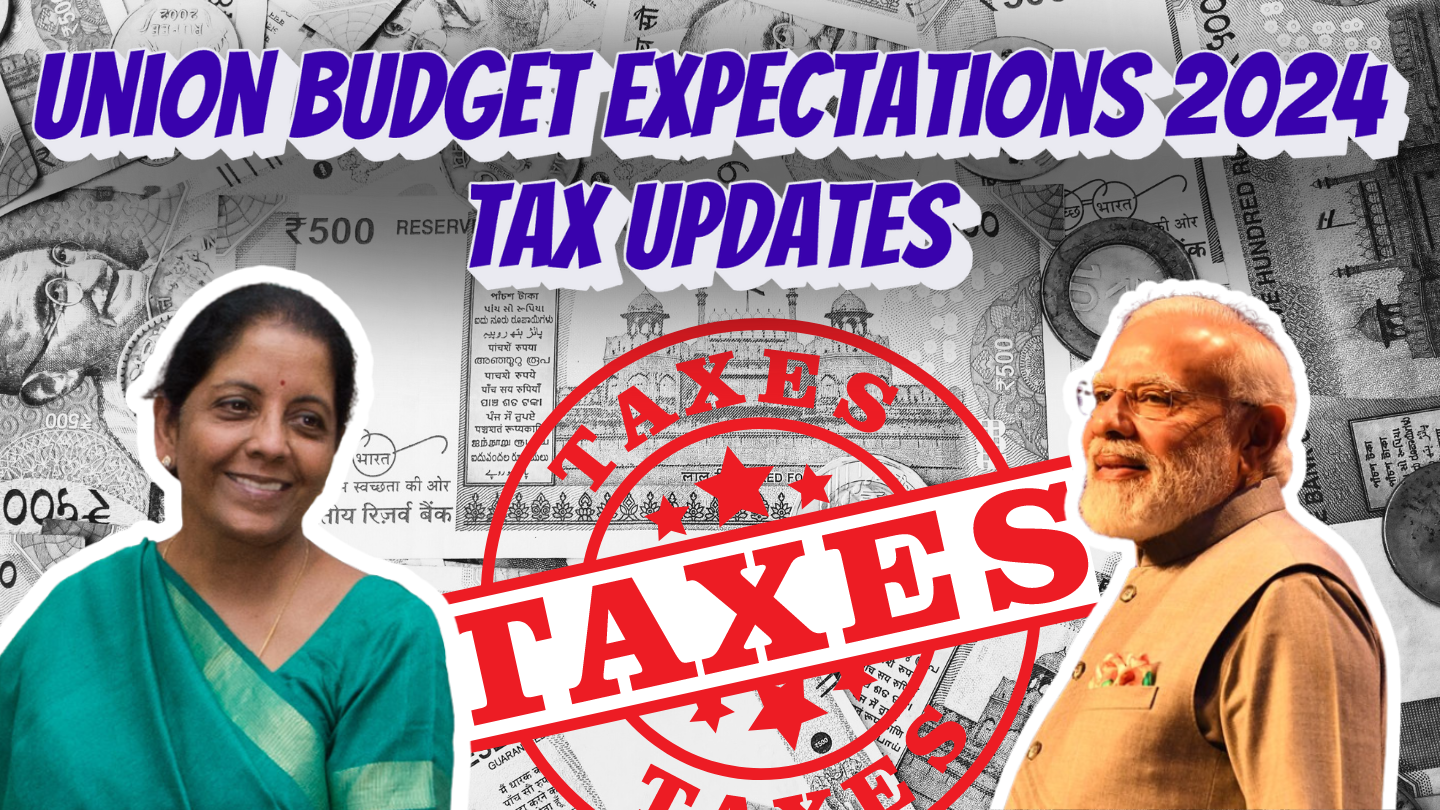KNOW ALL ABOUT PNGRB’S UNITED TARIFF FOR NATURAL GAS PIPELINES
Implementation of Unified Tariff for Natural Gas Pipelines
The Petroleum and Natural Gas Regulatory Board (PNGRB), in order to usher rapid growth of the natural gas market in the country, has brought out amendments in its three regulations namely:
(a) Natural Gas Pipeline Tariff Regulations,
(b) Natural Gas Authorisation Regulations and
(c) Natural Gas Capacity Determination Regulations.
These amendments acted as stepping-stones for the implementation of a “Unified Tariff” for Natural Gas Pipelines in the country.
On 29th March 2023, the PNGRB issued the Unified Levelized Tariff for natural gas pipelines with a mission of one nation, one grid, one tariff – which tariff is effective from 1st April 2023.
The following are relevant to understand Unified Tariff for Natural Gas Pipelines:
What is Unified Tariff?
According to Regulation 2 (k) of the Natural Gas Tariff Regulations – “unified tariff” has been defined to mean the unit natural gas pipeline tariff, in respect of the national gas grid system. This tariff is determined in accordance with Tariff Regulations and is tariff for transportation of natural gas (excluding statutory taxes and levies) denominated in rupees per MMBTU. This is not the price of gas but carriage / transportation of gas.
An important concept that emerges from the definition is “National Gas Grid System”. For Unified tariff to be applicable, a national gas grid system must exist.
What is a National Gas Grid System?
According to the Regulations, a national gas grid system means network of all such natural gas pipelines within India which are fully interconnected with each other (including those which are partly commissioned and so interconnected). The Board has identified these Natural Gas Pipelines in Schedule C of the Amended Regulations, and Schedule C may be, by order, amended by the Board from time to time.
List of natural gas pipelines which are part of national gas grid system for calculation of Unified Tariff
1. GAIL (India) Limited
2. Indian Oil Corporation Limited
3. Pipeline Infrastructure Limited
4. Gujarat State Petronet Limited
5. Reliance Gas Pipelines Limited
6. GSPL India Gasnet Limited
7. GSPL India Transco Limited
How does one then measure the entry and exit points and zones for tariff?
There are three important concepts here. Zones, Entry Point, and Exit Point. Before understanding the concept of zones, the regulation defines Unified Entry Point and Unified Exit Point.
“unified entry point” means the point on the national gas grid system where a shipper injects natural gas;
“unified exit point” means the point on the national gas grid system from where a shipper evacuates natural gas.
This route on the national gas grid system between the unified entry point and the unified exit point for a shipper is identified as Unified Contractual Path.
The entire National Grid for the purposes of Unified Tariff has been divided into three zones.
(a) where the first zone is up to a distance of 300 kms from gas source,
(b) second zone is 300 – 1200 kms and
(c) third zone is beyond 1200 kms.
The Unified Tariff applicable to the National Gas Grid is determined by the Board, after the determination of an “Approved Tariff” or discovery of a ‘Bid-Out Tariff’ for each entity operating a Natural Gas Pipeline.
PNGRB has notified a levelized unified tariff of INR 73.93 per MMBTU and created three tariff zones for unified tariff.
These entities (who are now part of the National Grid) will get the tariff as per their entitlement while customers would pay a Unified tariff as directed by PNGRB. In case of any difference in the entitlement amounts of entities and what consumers pay, the PNGRB is yet to notify an inter-se settlement mechanism between entities. To address these settlement issues, an industry committee has been constituted.
The objective of these amendments is to provide access to natural gas in far-flung areas at competitive and affordable rates to achieve the long-cherished objective of one nation one grid and one tariff.
To simplify the implementation of a unified tariff, an entity-level integrated natural gas pipeline tariff has been introduced in the said amended regulations which will act as a building block for Unified tariff at the national level.











